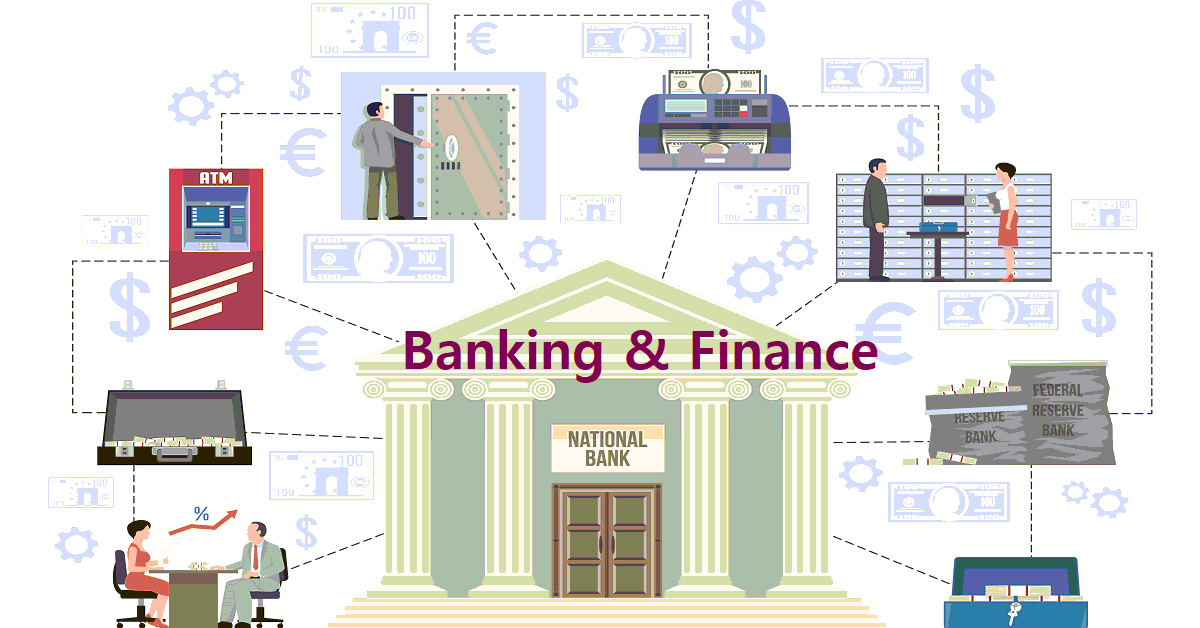
Mobile banking has emerged as a revolutionary technology that is transforming the way people manage their finances. It has become an indispensable tool for people who want to access their accounts anytime, anywhere, and from any device. As mobile banking continues to evolve, it is important to understand its development, trends, benefits, challenges, and impact on the financial services industry. In this article, we will take a deep dive into the world of mobile banking and explore everything you need to know about this exciting and rapidly growing field.
Overview of Mobile Banking and its Evolution
Mobile banking is a digital banking service that enables customers to access their bank accounts and perform transactions through their mobile devices. It is a relatively new phenomenon that has only become widely available in the past few years. However, it has quickly become one of the most popular banking methods and is changing the way people interact with their banks.
The first mobile banking services were basic and limited in functionality, but as technology has advanced, mobile banking has become more sophisticated and user-friendly. Today, mobile banking apps offer a wide range of features, including the ability to check account balances, transfer funds, pay bills, deposit checks, and even apply for loans. Mobile banking has come a long way in a short time and is set to continue to evolve and improve in the years to come.
Trends and Advancements in Mobile Banking Technology
As mobile banking continues to grow in popularity, new trends and advancements are emerging in the field. One of the most exciting trends is the increased use of artificial intelligence and machine learning. These technologies are helping banks to provide more personalized and convenient experiences for their customers. For example, AI-powered chatbots can help customers resolve issues and answer questions quickly and efficiently.
Another trend in mobile banking is the rise of biometric authentication. This technology allows customers to securely access their accounts using their fingerprints, face recognition, or other biometric markers. This is a major advancement in terms of security and is helping to reduce fraud and increase customer trust in mobile banking.
Benefits of Mobile Banking for Customers and Financial Institutions
Mobile banking offers many benefits to both customers and financial institutions. For customers, the main benefit is convenience. Mobile banking makes it easier for people to access their accounts and perform transactions at any time and from any place. This is particularly beneficial for people who are always on the go and need to manage their finances quickly and easily.
Another benefit of mobile banking for customers is enhanced security. With advanced security features, such as biometric authentication, mobile banking is becoming safer and more secure. This is helping to reduce the risk of fraud and increasing customer trust in mobile banking.
For financial institutions, mobile banking provides a cost-effective way to reach and serve customers. By offering mobile banking services, banks can attract and retain customers, increase customer satisfaction, and improve their bottom line. Additionally, mobile banking helps banks to reduce the cost of providing services by reducing the need for physical branches and call centers.
Challenges and Potential Risks Associated with Mobile Banking
While mobile banking offers many benefits, it is not without its challenges and potential risks. One of the biggest challenges is security. As mobile banking becomes more widespread, it becomes more vulnerable to fraud and hacking. This is a major concern for customers and financial institutions alike and is something that must be addressed to ensure the continued success of mobile banking.
Another challenge facing mobile banking is adoption. While mobile banking has become increasingly popular, many people are still hesitant to use it, either because they are unaware of its benefits or because they are concerned about security. Financial institutions must work to educate customers about the benefits and security of mobile banking and address any concerns they may have. This can be done through targeted marketing campaigns, in-person demonstrations, and offering added security features such as biometric authentication and multi-factor authentication.
One example of successful mobile banking adoption is Bank of America's mobile banking app. The bank has seen a significant increase in customer satisfaction and financial performance since the launch of its app. Bank of America has also taken steps to address security concerns by offering multi-factor authentication and biometric authentication options for its customers.
Mobile banking is also having a major impact on the financial services industry. With the increasing number of mobile banking users, traditional brick-and-mortar banks are facing increased competition from technology-focused startups that are offering innovative mobile banking services. In addition, traditional banks are having to adapt to changing consumer preferences and integrate mobile banking technology into their existing services.
Conclusion
In conclusion, mobile banking is a rapidly growing field that has the potential to greatly benefit both customers and financial institutions. However, it also presents a number of challenges that must be addressed, including security concerns and adoption rates. By staying up-to-date on the latest developments in mobile banking technology, financial institutions can take advantage of its benefits while effectively addressing its challenges.
"The number of mobile banking users worldwide is projected to reach 3.25 billion by 2023" (source: Statista) and with "75% of consumers prefer mobile banking to traditional banking methods" (source: Forrester Research), it is evident that mobile banking is becoming an increasingly important aspect of the financial services industry. As the field continues to evolve, it will be important for financial institutions to stay ahead of the curve and provide their customers with the best possible mobile banking experience.
Banking and Finance




